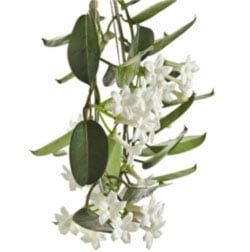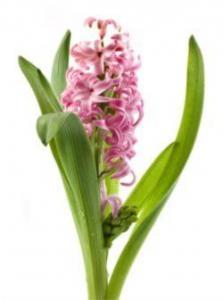We breathe approximately 25,000 times during the day, so why not breathe every breath we take? In fact, our repeated breathing process makes our nose the most suitable air for our lungs and performs another very important function. Smelling… Some of the air entering through the nose while breathing is directed towards the odor catching area thanks to some unique bones inside.
These molecules reach the sensitive area in the upper part of our nasal cavity and allow us to detect various odors. We can easily recognize the fragrances of the flowers that the universe has given us, while perhaps distinguishing hundreds of scents with this wonderful system. The plants that we propose to you are the varieties whose fragrances are easily distinguishable and will create a natural sense of nature in the environment you grow. The fragrant flowers are available through different landscape companies or botanical greenhouses.
Caring for miscellaneous fragrant flowers
We have selected Gardenia, Jasmine, Muscari/Hyacinth, Lemon and Spider lily among various fragrant flowers for you.
Gardenia
The flower first blossoms white, then darkens by taking the cream color. It has a wonderful smell; changes the air of the place in a moment. It is shrub-shaped, dark green leaves, summer and winter evergreen, moist air and breeze loving plant. This plant, which blooms in every season of the year, needs care. It should not go below 12 degrees Celsius at night and above 24 degrees Celsius, provided that it has sunlight for several hours. It can remain healthy in an airy section like a glass front at home. You have to do the watering of this plant carefully.
Jasminum
It is an ever green, hugging plant. It is temperature resistant. Its branches are green and angular. Their leaves are opposite and spiral array. The flowers are at the branch end; it presents itself in glamorous white, pink, yellow flowers in spring with a charming scent. It can adapt to sunny and semi-shaded areas. In the summer it often requires water. When watered frequently, it is necessary to add a nutritional supplement every two weeks. In winter it is enough to keep the soil moist. If you grow it in pots, you can change the pot in spring.
Muscari/ Hyacinth
The hyacinth, which heralds spring with its colorful flowers, is the symbol of elegance. It is a seasonal bulbous plant. It is necessary to plant the bulbs at a depth of 2.5 times the size. The easily grown hyacinth does not require direct sunlight and is highly affected by air currents. It prefers water at room temperature. It is useful to do irrigation at the same time and at the same time. Changing pots frequently may be harmful/inconvenient for hyacinths.
Stephanotis
It is an indispensable type of arrangement with its magnificent smell. Its flowers are made of candles, they do not fade easily. They like the direct sun, but they are still happier in filtered sunlight. When the branches are too long, you can get help from a bar for support. Spring begins to bloom. Blossoms from spring to autumn in places with moderate humidity. It cannot withstand temperatures of less than 7 degrees in winter. When the soil starts to lose moisture, you should water it with warm water.
Citrus
This is the indispensable plant of the Aegean and Mediterranean regions. It grows naturally in temperate areas. It doesn’t like wind, it needs watering most during the dry summer months. The aromatic fragrance in the leaves is charming. White fragrant tiny flowers bloom around April. The dwarf types show an elegant appearance in decorative pots. You can grow the plant in sheltered areas or in a corner of your balcony or winter garden. In summer you can move the flower pot to the sunshine areas of your garden.
Hymenocallis
This is a bulbous plant. It blossoms in the middle of summer. It develops very quickly especially in the first places where the morning sun comes. They are mostly grown in pots. It is known by this name because of its spider-like flowers. You should water this fragrant plant that loves cool places as the soil dries. This plant should spend the winter in well-lit, frost-free places and water should be given to the leaves. You should not forget to give fertilizer once a month during growth.
How should we grow fragrant plants?
The plants with mild odors and which can only be picked up should be placed in the most commonly used parts of the place. Thus, we can easily detect the smell coming from the plant. You can use more fragrant flowers wherever you want.
When you enter the room, the smell of spring will reach your nose immediately. As long as the scents of flowers do not mix with each other. You should use the plants that smell as you touch them in front of windows, kitchen tables where you can easily contact them. When you touch them, these smells will affect you quickly with skin contact.











